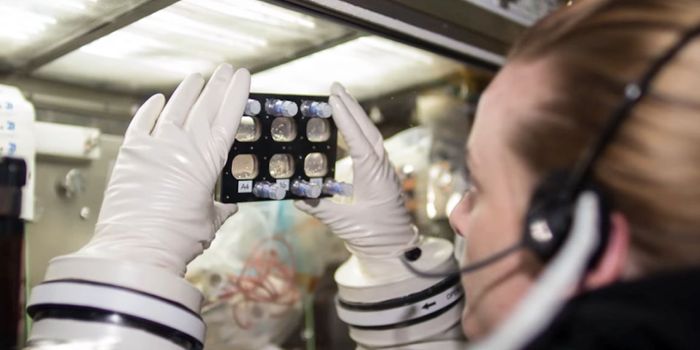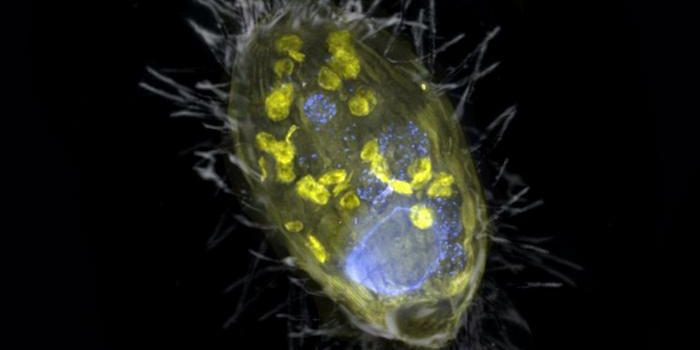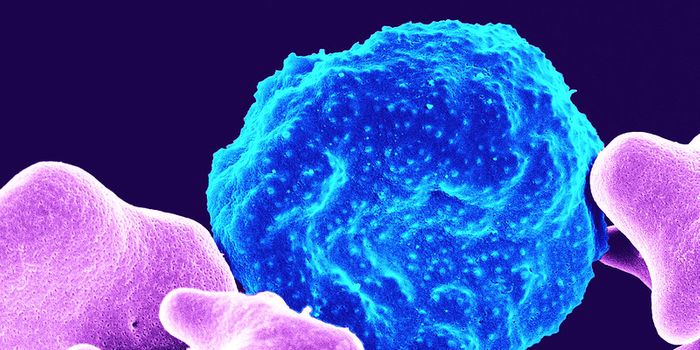H5N1 Sickens More Species, May Now be in the US Permanently
H5N1 avian influenza was first detected in 1996 in poultry in China’s Guangdong province. Since then it has led to several outbreaks that have spread around the world. In late 2021, H5N1 was detected in several countries in both agricultural facilities and wild birds. Since February 2022, H5N1 has led to the loss of an estimated 40.5 million birds in the United States, and many more around the world. Right now, only two cases of human influenza have been linked to this H5N1 outbreak, but scientists are concerned about its extent and how long it is lasting.
While there was a massive H5N1 bird flu outbreak in the United States in 2014, scientists are warning that this time, things are unfolding in a different way. The 2014 outbreak caused the deaths of 50 million birds, which died or were intentionally destroyed to stop the spread of the virus, which happened within a few months. By June 2015, the virus was waning, and it dropped off the radar. Migratory birds did not reintroduce the virus the next season, and things seemed to return to normal for a time.
Researchers consider H5N1 to pose a high risk of causing a pandemic, primarily because it has been crossing the species barrier to infect other animals so readily. It is exceedingly rare for humans to be infected by sick birds, and when that has happened, it has caused a range of illnesses from mild to severe. Different lineages of H7N9 and H5N1 have caused human illness, however. There is an H5N1 vaccine for humans that is ready and stockpiled right now in some countries, however, in case of a pandemic.
There is some concern that the current H5N1 virus could mutate to infect humans more easily. The highly pathogenic avian influenza (HPAI) H5N1 was replaced by different strains - subtypes of H5N6 and H5N8 from 2014 to 2020. But H5N1 reemerged in 2021, and it has since displaced other H5 HPAIs.
The current H5N1 has been detected in an astonishing number of birds. Compared to 2014, in which 99 species carried the virus, this time the virus has been detected in 2,189 species of wild birds as of August 31, 2022.
In June, H5N1 was detected in a black female bear that was found sick and unresponsive; the virus was identified in brain samples from the bear. H5N1 was also detected in a porpoise that had become ill and stranded on a beach in western Sweden.
Now there is serious concern that wild birds will bring the virus to poultry farms in full force as flu season starts to ramp up in the Northern Hemisphere. If the virus is now circulating all year, “impacts on wild birds may persist for a very, very long time,” Bryan Richards, emerging disease coordinator at the U.S. Geological Survey’s National Wildlife Health Center told Science.
In Europe, H5N1 has already been circulating year-round in wild birds for a few years. It has caused massive economic disruption, and huge bird culls. While a vaccine for animals is available, it is not practical and poses many potential hurdles; the vaccine requires cold storage, it is not cheap and neccesitates government subsidies, the vaccine must be continuously reformulated, and it could lead to the development of new strains if it is not properly implemented, for example.
Infected wild birds may show no signs of illness, and people are encouraged to limit their contact with wild birds. When cooking poultry, bird flu can be neutralized by ensuring the internal temperature reaches 165 degrees Fahrenheit (74C).
Canada has already taken samples of hundreds of wild birds and is planning to test them for H5N1; the results are expected within about two months. It may provide some insight as to whether another outbreak is on the way for agriculture later this year.
Sources: American Society for Microbiology, Science, Centers for Disease Control and Prevention (CDC)









